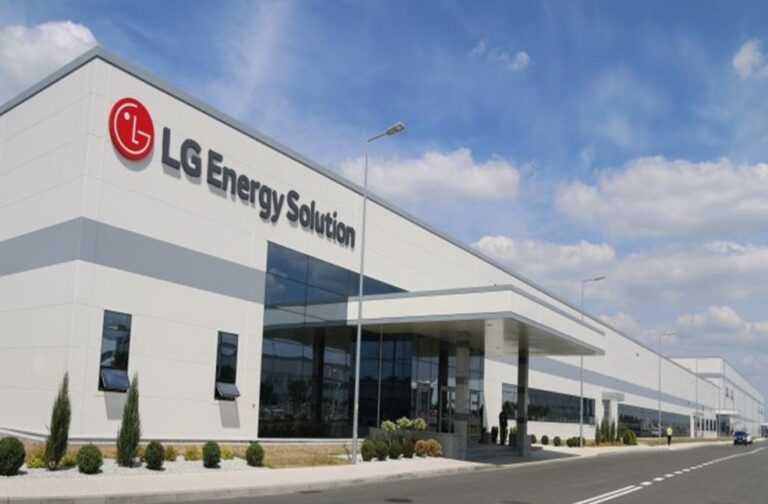LG Energy Solution has secured a contract to provide EV batteries to German automaker Mercedes-Benz in a deal valued at approximately 15 trillion won ($10.8 billion).
In a regulatory filing on Wednesday, LG Energy Solution revealed it has signed two agreements with Mercedes-Benz to supply electric vehicle batteries—75 gigawatt-hours for the U.S. market and 32 gigawatt-hours for Europe. The U.S. contract will be in effect from July 30, 2029, to December 31, 2037, while the European contract spans from August 1, 2028, to December 31, 2035.
According to industry sources, this estimated 15 trillion won deal marks the biggest supply contract to date for LG Energy Solution’s 46-series cylindrical EV batteries. The total battery volume from this contract could power around 1.5 million Mercedes-Benz electric vehicles.
LG Energy Solution plans to manufacture the EV batteries for Mercedes-Benz’s U.S. market at its upcoming facility in Arizona, which is set to begin operations next year and will have an annual output capacity of 36 gigawatt-hours. Meanwhile, the batteries intended for European supply will be produced at the company’s plant in Wroclaw, Poland.

Notably, LG Energy Solution had already secured a 50.5 gigawatt-hour deal last October to provide 46-series batteries to Mercedes-Benz for North America and other regions.
Industry experts view the agreement as a strong validation of South Korea’s cutting-edge battery technology, highlighting LG Energy Solution’s success in outpacing key Chinese competitors. The company is also expected to broaden its global footprint, especially after the recent introduction of its 46-series cylindrical batteries using a nickel-manganese-cobalt (NMC) composition.
LG is constructing battery manufacturing facilities in both the U.S. and Europe to support major clients such as Mercedes-Benz, Tesla, and General Motors. These efforts are aimed at helping automakers to establish new electric vehicle supply chains and lessen the dependence on Chinese sources.
GENERAL | Volkswagen to Halt ID.4 Production in the U.S. as Sales Decline





